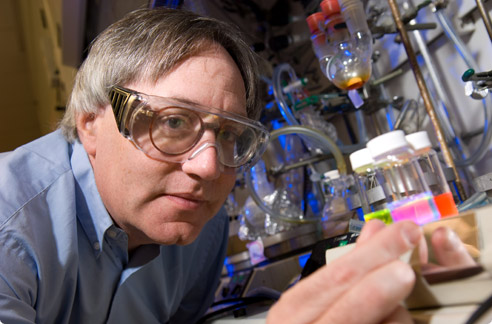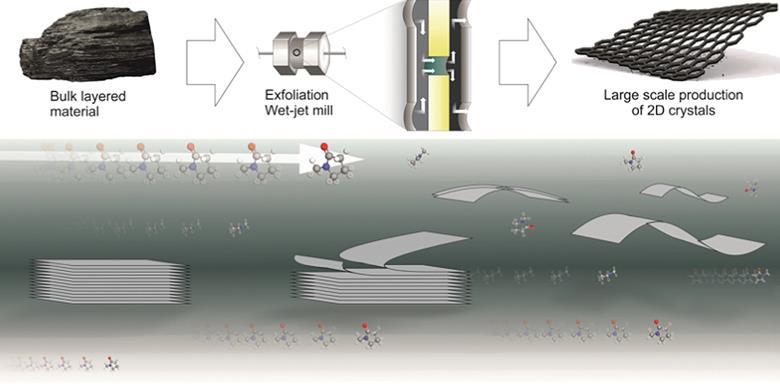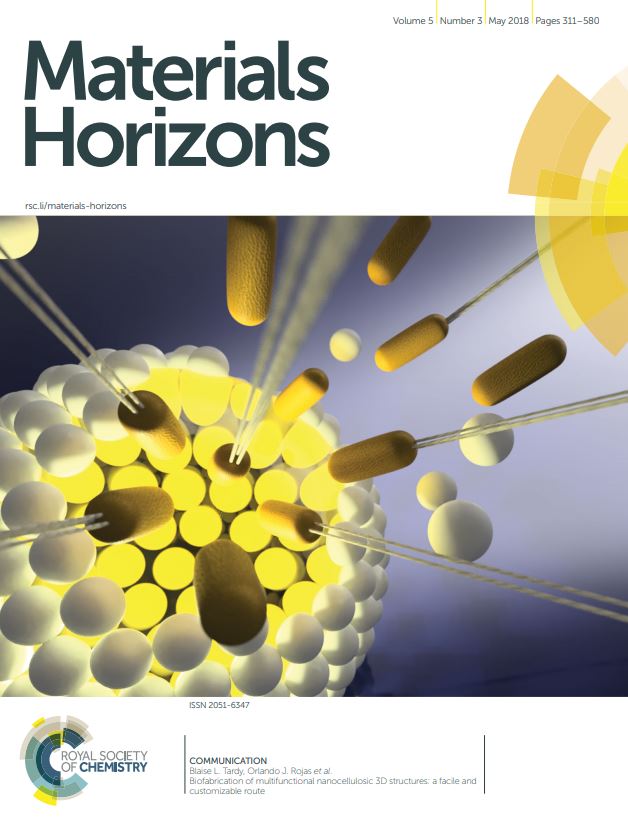 Congratulations to Professor Seth Marder, Georgia Institute of Technology and Materials Horizons founding Editorial Board Chair. He has been elected as the recipient of a Humboldt Research Award from the Alexander von Humboldt Foundation.
Congratulations to Professor Seth Marder, Georgia Institute of Technology and Materials Horizons founding Editorial Board Chair. He has been elected as the recipient of a Humboldt Research Award from the Alexander von Humboldt Foundation.
The award is granted in recognition of a researcher’s entire achievements to date to academics whose fundamental discoveries, new theories, or insights have had a significant impact on their own discipline and who are expected to continue producing cutting-edge achievements in the future. Seth is internationally recognized for his leadership in developing structure-property relationships for organic and metallo-organic materials for optical and electronic applications.
Award winners are invited to spend a period of up to one year cooperating on a long-term research project with specialist colleagues at a research institution in Germany. As part of his award, Seth will be hosted as a visiting researcher by Professor Norbert Koch at IRIS Adlershof and the Department of Physics of Humboldt-Universität zu Berlin.












